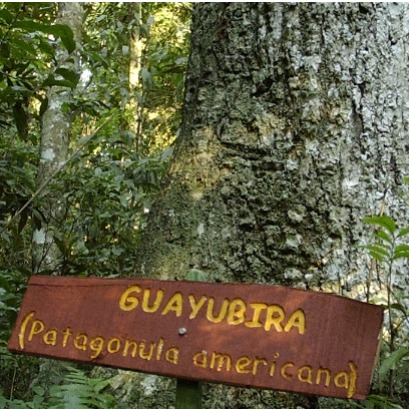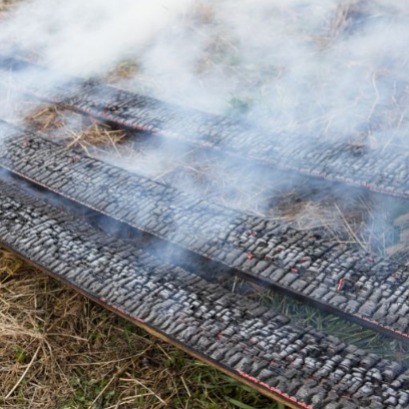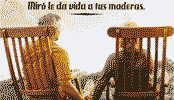
El fuego devora bosques enteros en el oeste de Canadá
Nada lograr frenar el avance de los incendios que devoran numerosos bosques en la provincia de Columbia Británica, en el oeste de Canadá.
Más de 3.000 bomberos batallan casi sin descanso contra el fuego en los alrededores de William Lake. Atizadas por el viento, las llamas se han extendido por numerosos lugares: hay más de un centenar de focos activos y las autoridades, que hace diez días decretaron el estado de emergencia, han ordenado nuevas evacuaciones. Casi 40.000 personas han tenido que abandonar sus hogares en la última semana:
- “Esas llamas tienen como diez metros de altura. Pensé que esta vez no iba a salir con vida, porque me tenían rodeado”, contaba con alivio y miedo un superviviente.
Desde principios de abril, han ardido más de 130.000 hectáreas de bosque en Columbia Británica . El pasado fin de semana, un helicóptero que trabajaba en las labores de extinción sufrió un accidente, aunque el piloto logró salvar la vida.

IT MAY INTEREST YOU
 Combilift and CMETB Celebrate 10 Years of Pioneering Engineering Traineeship
Combilift and CMETB Celebrate 10 Years of Pioneering Engineering Traineeship
This week saw a landmark celebration at Combilift?s global headquarters in Monaghan, marking the 10th anniversary of the highly successful OEM Engineering Traineeship?a collaborative initiative between Combilift and the Cavan and Monaghan Education and Training Board (CMETB). The event, which welcomed past graduates, current trainees and local educators, underscored the programme?s evolution from a local skills initiative to a cornerstone of regional industrial development.
 Know the Guayubira tree: one of the native timber species of the missionary jungle
Know the Guayubira tree: one of the native timber species of the missionary jungle
With information from the Native Missions Species Manual (2024), developed in collaboration between the Faculty of Forest Sciences of the UNAM and the United States Forest Service (USFS) through the Project Update and Edition of the Wood Identification Manual of the Missionary Jungle, we share information from each digital tab that includes dendrological and anatomical characteristics. The manual was elaborated in the Wood, Dendrology and Dendrocronology Anatomy Laboratory (LAMDYD) of the Faculty of Forest Sciences in Eldorado, National University of Misiones.
 Burned wood: the Japanese technique that beautifies and protects the material
Burned wood: the Japanese technique that beautifies and protects the material
Elegant, ecological and resistant: the wood treated with the millenary technique called Yakisugi challenges the weather and the passage of time. In the world of design and construction, a Japanese ancestral technique is gaining prominence. This is the Yakisugi (also known as Shou Sugi Ban), a method that consists in burning the surface of the wood to make it more resistant and attractive. Although it may seem contradictory, exposing wood to fire gives natural protection against moisture, insects and deterioration over time.





















